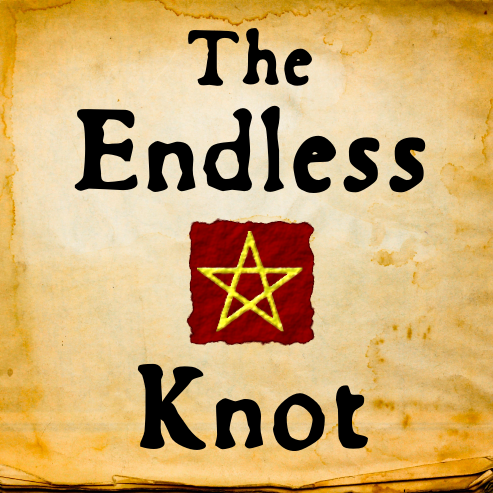In this week's video I have a look at the words "beef" and "cow":
This video was inspired by the standard example that everyone (myself included) uses to show how the Norman Conquest affected the history of the English language (watch this excellent summary of the history of English from The Ling Space). I often trot out these pairs of words, cow/beef, sheep/mutton, etc., when explaining the history of English literature during the middle ages. This reflects not only historical linguistics, but also another branch of linguistics called sociolinguistics, specifically how languages from two different groups (in this case with two very different levels of prestige and status) interact. What often happens in these instances of language contact between unbalanced groups is that a simplified language called a pidgin develops, to allow for communication between the two groups, which takes the structure from the lower-prestige language but imports much of its vocabulary from the higher-prestige language. The word "pidgin" itself probably has nothing to do with the similar sounding bird "pigeon" (unless it's a metaphorical reference to the brief messages carried by messenger pigeons, as has been suggested). Instead it's derived from the word "business" in the phrase "business English" which was used in the pidgin that developed from English and Chinese to allow those two groups to communicate for the purposes of commerce. If a pidgin language becomes the native language of a new generation of speakers, it develops a more complex structure and we call it a creole, and has the properties of any other fully formed language. Jamaican creole is a famous example of this process. This is what happened with the Old English spoken by the Anglo-Saxons and the Norman French of William the Conqueror and his fellow Normans. Initially a pidgin would have developed, which eventually became the creole that is Middle English and the Modern English we speak today. So a lot of French vocabulary came into English, leaving us in this case with these English-French pairs of words which reflect the social realities of life in England about a thousand years ago. The interesting twist here, of course, is that in the case of cow and beef, if you go back far enough all the way to Proto-Indo-European, the two words actually come from the same root, and that long history of the word inspired me to write what is essentially a story about war and conflict.
Since I've promised to point out in these blog posts some of the recurring nodes and connections that come up often in the videos, I'll draw attention to the Crimean War, which plays a more central role in my earlier video A Detective Story ( or click here for the specific reference in the video). A few other points to call attention to: Bulwer-Lytton was a wonderfully colourful figure, as his Wikipedia biography attests to. Have a look here and here for some more entertaining bits of trivia about him. According to the Wikipedia, Bovril is particularly associated with British football culture, since thermoses of the hot drink are a good way to keep warm while sitting in the stands watching a match, though apparently thermoses of Bovril are banned in Scotland due to their potential use as projectiles -- another link in the war and conflict associations with the word "beef"? And of course the Beefeaters, guards of the Tower of London who were apparently unusually well fed, have become an icon of Britain as well, and it has been pointed out (see here and here for instance) that there is a similarity between the word "beefeater" and the Old English term hlaf-æta meaning "loaf-eater", which is an interesting parallel with the Old English hlaford or "loaf-warden" leading to our modern word "lord", which I discussed in my last video on the word "loaf". With videos on the words "loaf" and "beef", you can now make an etymological sandwich. You're welcome!
So I'll leave you with one last related etymology that I didn't use in the video. The Proto-Indo-European root that leads to beef and cow also leads to Greek βούς (or bous), which also means "cow". This is the first element in the compound boutyron which means literally "cow-cheese" and give English the word "butter". Butter is, of course, the first element of the word "butterfly". But why is a butterfly called a butterfly? It's been suggested that it comes from a folk belief that the insects or witches who have taken on the form of butterflies like to steal butter, which might also be supported by the German word for butterfly, milchdieb, which literally means "milk-thief". Or it might come from the supposed similarity in appearance between butter and the excrement of butterflies, a theory perhaps bolstered by the Dutch word for butterfly, boterschijte, which means literally (ahem) "butter-shit". And so I'll leave you with that appetizing thought!

